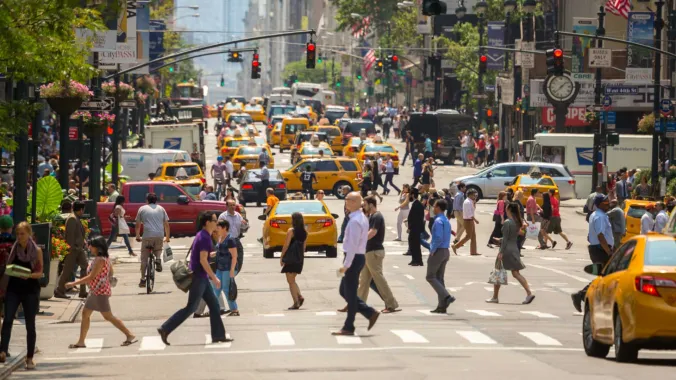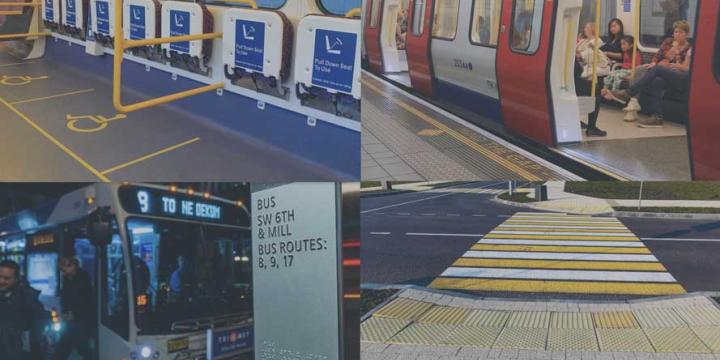Course Info
12 video lessons (65 Mins)
Published
2020-
4.39
Preview Course
Browse Course Chapters
-
1.Introduction
2 mins
-
2.The Megaregion Trend
5 mins
-
3.What Trends Need to Change
6 mins
-
4.Relating Development to the Natural Environment
4 mins
-
5.Making Regulation Relate to the Environment
4 mins
-
6.Balancing Transportation in the North East Megaregion
4 mins
-
7.Towards Balanced Transportation in Other Megaregions
8 mins
-
8.Why Inequality is Built into Megaregions
5 mins
-
9.Promoting Affordable Housing Legally
9 mins
-
10.Existing Governmental Structures to Manage Megaregions
7 mins
-
11.Megaregions and COVID19: Has Everything Changed?
3 mins
-
12.Afterword
3 mins
What You Will Learn
- Learn ways to use GIS, zoning, and subdivision regulations to make development more compatible with nature.
- Learn about how express passenger rail can help balance local transportation systems.
- Learn about opportunities for rezoning commercial districts, now with big vacancies from e-commerce, for apartments and townhouses; and also learn about improving development regulations to promote housing equity.
Course Description
City-regions are growing together to form megaregions along the East Coast, in Florida, in Texas, in California, along corridors of development connected to Chicago, and in the Pacific Northwest. A high proportion of U.S. population and economic growth predicted by 2050 is expected to take place in these megaregions.
Current megaregion development is destabilizing the natural environment, causing gridlock on highways and congestion at airports, and creating separate and unequal cities and suburbs. But there is still time to change these trends by investing in megaregions to produce better places in both developing and older areas. This course is about how to leverage a megaregional approach for improved planning and development outcomes. The textbook which can be used as a supplement to this course is "Designing the Megaregion: Meeting Urban Challenges at a New Scale," by Jonathan Barnett, Island Press, 2020.
Use coupon code PLANETIZEN to save 30% on Designing the Megaregion from Island Press.
Learn these skills
- Development
- Economics
- Environmental Planning
- Housing
- Land Use
- Pedestrian Planning
- Transportation
- Urban Design
- Urbanism
- Zoning Codes
AICP CM
This course is approved for 1 AICP CM credit.
AIA CES
This is 1 LU.CNU-A
This course is approved for 1 CNU-A credit.
SACPLAN CPD
This course is approved for 1 SACPLAN CPD point.



























